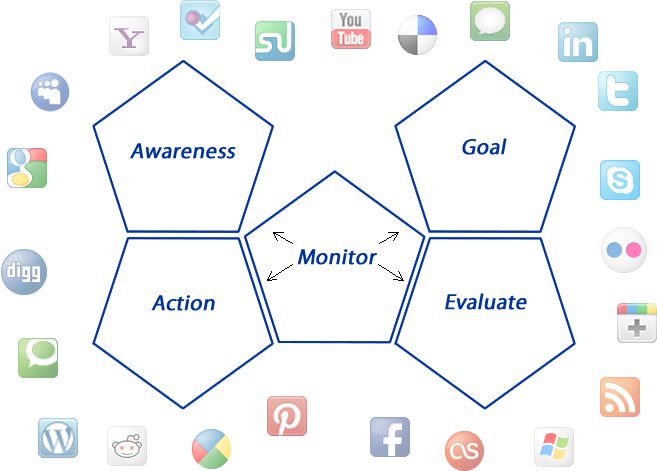This is the year when small to medium enterprise finally realise that they need to take advantage of digital tools and platforms to increase their market reach and improve operational efficiencies. The media and business literature are now full talk about the tools: Twitter, Facebook, YouTube, FourSquare, Dropbox, Google+, QR Codes, not to mention the generic categories of apps, social media, the cloud, and more. With all these tools at our fingertips and on our mobile devices, more than ever business need to plan what is the best tools for them and how they will use them.
Business also need to think about the delivery of content. This is an information age, and businesses need to position themselves as custodians and sharers of information around their field of expertise. Blogging will have to come in to play for every business, as part of what they do. Not only will businesses be focussed on producing widgets, they should also be active in producing and delivering content as both a service to their customers, and a service to themselves.
A Digital Strategy is required to manage the tools, their use and intentions so that it becomes integrated into the being of the business. Smart businesses are already aware of this and have been planning their eBusiness strategy each year, but the time has come when all businesses need to use a suite of digital tools to manage and market their business. One way of approaching developing a digital strategy for your business is to treat it as AGAME. AGAME is an acronym that I have come up with for the following steps: Awareness, Goals, Action, Monitor, Evaluate.
Awareness requires an external and an internal view of the business. Have a fresh think about what you do, who is your team, what are your processes & systems, who are your customers, how do you communicate with your team and with your suppliers and customers. External awareness takes into account what is available to assist your business. These are being aware of the tools and techniques that are available that can improve your business. The may also be some major cost savings and improvements possible in finding out what’s new in terms of the tools of trade already in use for the production of your goods and services.
The Goal of your digital strategy should not be different from the goals of your business. a digital strategy will enhance your ability to achieve your business goals, business goals should not shift in regard to focus in response to integrating more digital tools into the business. Your business goal is likely to be something along the lines of either selling more or growing to increase your capacity to sell more. This stage of a digital strategy is not to develop a new goal but it is to look at your current goals and think about how the awareness in the previous step can lead to designing improvements in your business.
An Action Plan is the next step. You will have decided what to use, now plan to implement the tools of choice. The choices will have been made based on awareness and your business goals, so the chances of going wrong are now more slim. What can go wrong? If the tool takes too much time or doesn’t embed into your system. An action plan can be categorised into the following categories: customers, workflow, intelligence, people, and positioning.
- Customers: how do you get more? Marketing reach, implement the use of some social media tools to reach existing and new customers, better service to existing customers, encourage positive word of mouth, participate in the conversation already happening around your product or service.
- Workflow: how can we improve? what project management tools, time sheeting, rostering, data storage, backup, disaster recovery, business continuity plans, need to be put into place to improve workflow efficiencies.
- Intelligence: what data is available on the performance of the business. Google Analytics, productivity metrics.
- People: communication tools, social networking, HRware, voice & data accounts
- Positioning: content creation, blogging, SEO, sharing and networking.
Decide what tools and techniques fit into these areas and write an action plan detailing what you will implement, when and how. Seek advice about what tools integrate with others to further improve your system, e.g., your website should contain a blogging capability linked to social media channels for auto-posting of content.
Monitoring is very important. Tools should be used to achieve an efficiency, not to use for the tool’s sake. If it isn’t working, and you have given it enough time, stop or review your use. Time is also noteworthy though, some implementation and embedding can take a few years of continued use to pay off.
Evaluate the strategy and record improvements in your business, look again at your system and begin the process again by making AGAME of it.
It is a good idea to invest in some assistance with a digital strategy, HyperWeb Communications is available to work with business through the steps of developing a digital strategy. Managing Director, Brendan Brooks, has a Master of Business & Technology and 11 years experience in the small to medium enterprise sector and can apply the knowledge and experience gained in the eBusiness sphere to help your business navigate the digital landscape and plot the most effective path for your business to achieve its goals.




